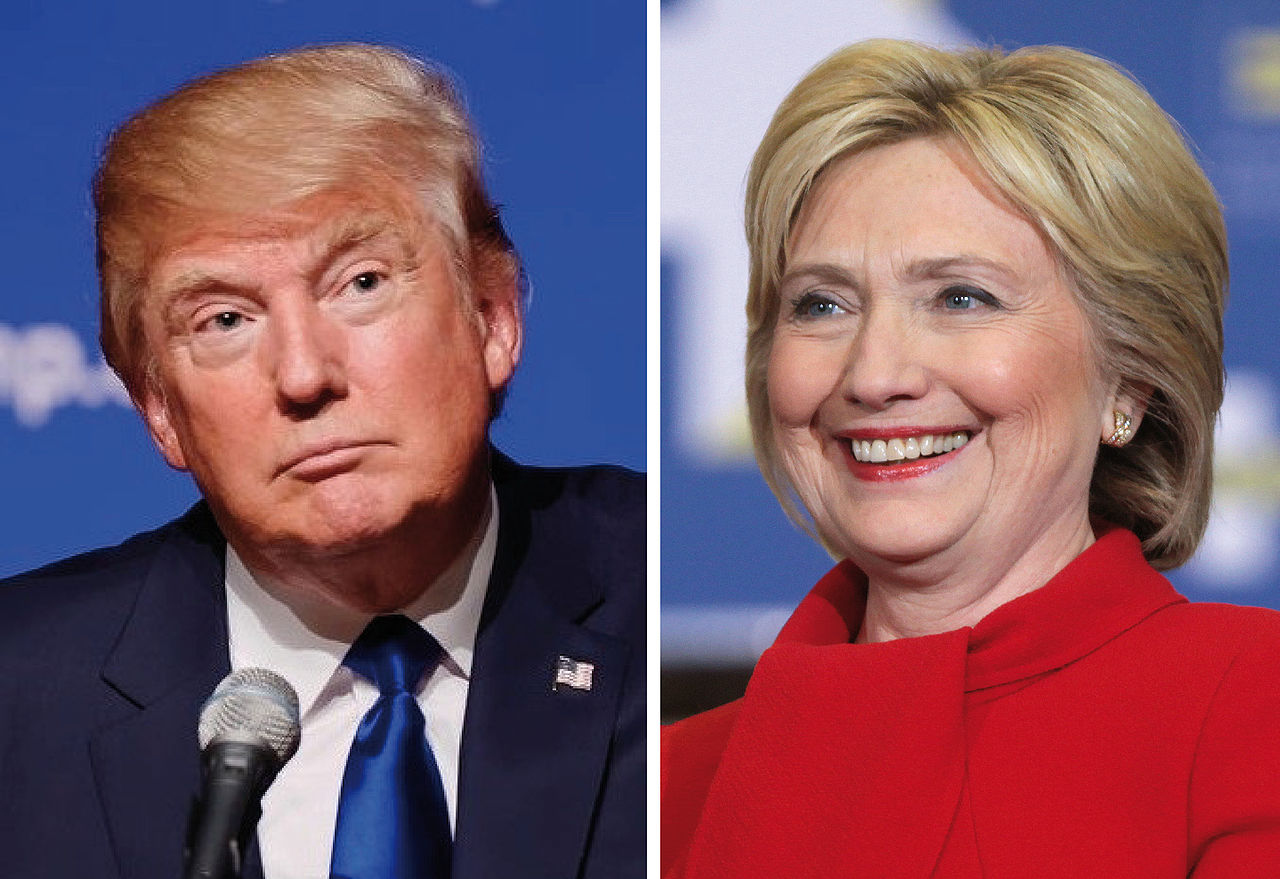One in four Americans have an unfavorable opinion of both Donald Trump and Hillary Clinton, more than double the rate who disliked both candidates in 2012 and about four times higher than in 2008. This high level of joint unpopularity could foreshadow low voter turnout or the rise of a third-party candidate, but there are reasons why these outcomes are by no means sure things at this point.
Overall, 35% of U.S. adults interviewed over the course of June had a favorable view of the former secretary of state but an unfavorable view of Trump. (These results, it should be noted, are based on Gallup’s binary favorable/unfavorable measure, different from Gallup’s historical “scalometer,” the results of which have been analyzed by our colleague Lydia Saad here and which will be discussed below.) Another 28% liked Trump but disliked Clinton. In contrast to the 25% who dislike both candidates, 4% hold positive images of both candidates.
So who are the “25%” who don’t like either of the candidates this year? One defining feature: 54% describe themselves as politically independent. Although many of these independents actually lean to one party or the other, as a group they have less attachment to the system and are less likely to vote, raising the possibility that those who dislike both candidates also have a lower probability of actually voting.
The 25% who dislike both candidates are also disproportionately young. This could, in part, reflect the lasting allure of Democratic candidate Bernie Sanders for this group. Throughout June, when these data were collected, Sanders had still not formally conceded to Clinton. It’s possible that this group will grow more positive about Clinton after she is officially crowned as the Democratic nominee. But, in general, young people are less valuable as voters because they have the lowest turnout rates of any age group. This, in turn, underscores a possible conclusion that the high unpopularity of the two candidates may have less impact on the election than might be initially thought — because the joint unpopularity is centered in demographic groups who are the least likely to vote in any circumstance.
